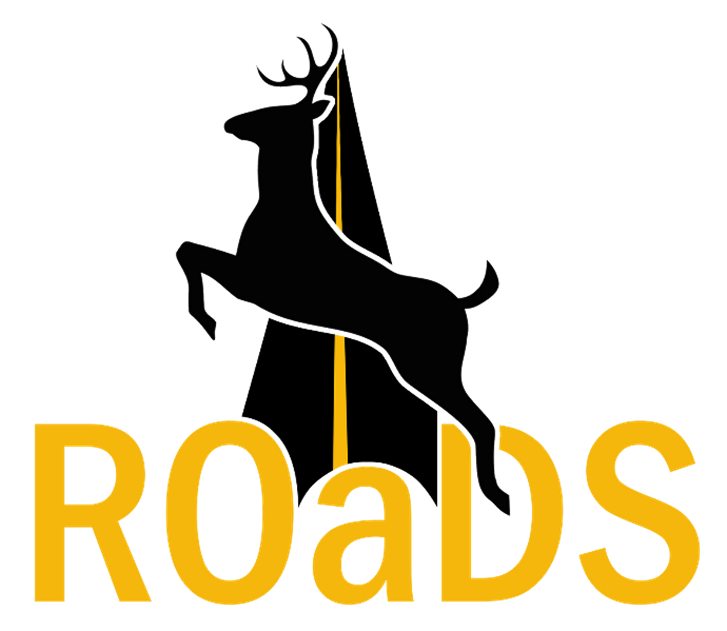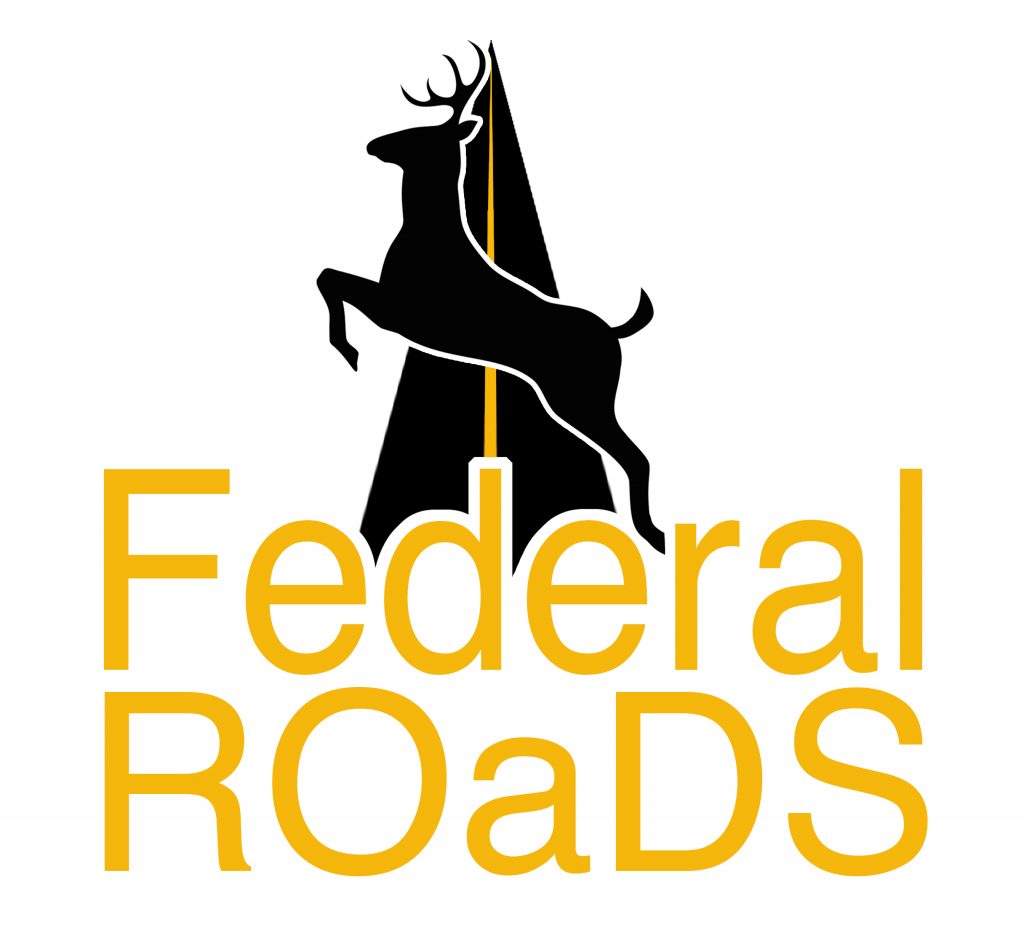SAFETY CENTER WEBINAR: Roadkill Observation and Data System Project

Two WTI Road Ecology Researchers will be the main presenters at a webinar on Tuesday, April 13, at 11 am Mountain Time. The National Center for Rural Road Safety (Rural Safety Center) is hosting a FREE, 1.5-hour online webinar on “Road Observation and Data System Project: Streamlining Animal-Vehicle Collision Data Collection.” This webinar will feature […]
Wildlife Vehicle Collision Data Collection System: Second phase of development complete

The WTI Road Ecology program, in partnership with the MSU Gianforte School of Computing, has completed a second phase of research on a system to simplify how wildlife vehicle collision (WVC) data is collected and shared among federal agencies. The research program is sponsored by the National Center for Rural Road Safety, the National Park […]
New Project: Phase 2 Planned for New WVC Data Collection System
The National Park Service (NPS) and US Fish and Wildlife Service (FWS) have partnered with the Western Transportation Institute – Montana State University (WTI) to develop a federal lands wildlife-vehicle collision (WVC) data collection system. This system is being designed to efficiently and effectively collect information on large animal – vehicle crashes, to address motorist […]
